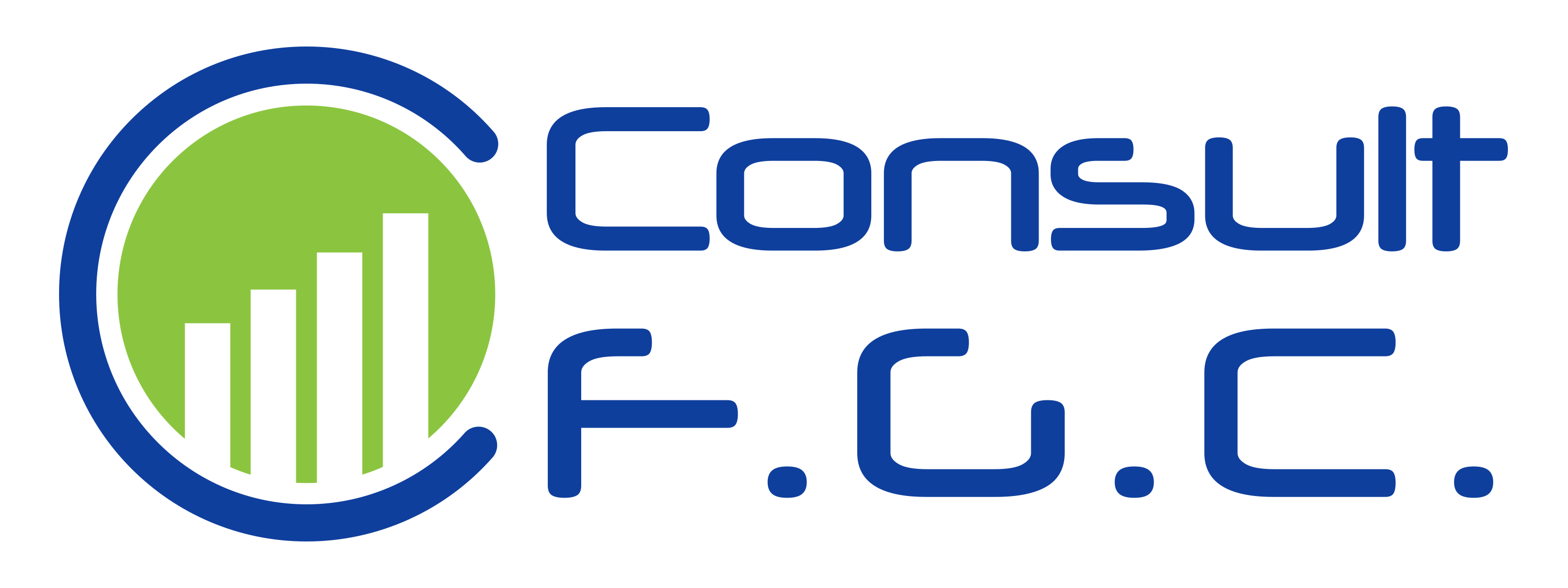HTML
What is HTML?
HTML, also known as HyperText Markup Language, is a series of short codes used to create and organize the content of a web page. It is considered the standard markup language for web sites and has been standardized by the World Wide Web Consortium (W3C) since 1994.
HTML is not a programming language although it works rather well with CSS and Javascript to produce high-functioning, organized and visually-pleasing web pages. If a web page could be thought of as a tree, the HTML is like the branches, the CSS is like the foliage and Javascript is like the weather. HyperText Markup Language denotes the structure of the content while CSS is the color, background, layout and spacing. Javascript is the movement and manner in which the tree moves (think pop-ups and photo galleries).
The building blocks of an HTML page are called elements. These elements are enclosed in < > tags with a start tag and a closing tag. One example such as <p> and </p> denotes the structure of one paragraph while <h1> and </h1> denote the page’s main heading or title.
More of these codes and their functions are listed below.
<head> : Contains meta information about the document like the title, script files and any CSS files.
<html> : Tells the web browser how to display the content of a web page.
<body> : Encloses all the content on a web page, including links, images and text.
<div> : Breaks content down into sections, making it easier to apply different CSS codes to specific sections of content.
<ol> : Denotes an ordered list
<ul> : Encloses an unordered list
<il> : Contains each line item of an ordered or unordered list
<br> : Represents a line break
If you have a WordPress site, plugins make it easier to plug your data in the right fields without having to memorize tags or structure. However, learning these simple codes doesn’t take long to master, especially with this handy guide from W3 Schools.
Every few years, HTML is modified to make improvements. The latest iteration, called HTML 5, added several new elements, attributes and abilities, some of which include tags like <article>, <details>, <embed>, <time>, <video> and <progress>. With a couple of the newer elements, publishers can now embed video and audio directly by using the proper HTML syntax instead of having to use Flash or a third party hosting service.
New capabilities like these are examples of how the latest version of HTML allows for even better semantics than previous iterations. HTML 5 was designed with the current web and future web in mind and for this reason, many believe we will be using it well into at least the next 10 years.
What is HTML used for?
HTML can also be used to send SEO signals to search engines about types of content that are displayed on a web page. Not only that, but it tells search engines which content is most important based on a user’s search intent.
One of the main ways it does this is with the use of header tags. There are up to 6 levels of header tags, starting with <h1> as the most important. When a search engine reads your web page, it assumes that the text in the <h1> field is what the page is mainly about. The hierarchy then goes down to <h2> which highlights the topic of the web page title, then <h3> which should reflect points regarding that topic and so on, each with diminishing importance.
Another way you can use HTML to your advantage is to include <alt> tags. Because search engines can’t “see” images as we see them, we must include the <alt> tag which gives a short description of what the photo depicts. This helps search engines better understand your page and can help increase your page’s exposure.
You can also customize the way your page’s data appears when shared on social media with the use of “open graph” tags and Twitter card tags. When using the open graph tag, you might have something like this: <meta name=”og:title” property=”og:title” content=”The Title of Your Article”>. Many like to use these tags, especially if their web page defaults to an uninspiring image or irrelevant description when shared on Facebook or Twitter.
Yet another important tag is the <robots> tag, which can help you avoid having specific pages of your website indexed by sites like Google. Examples of these kinds of pages may be your “About” page or your “Meet the Team” page, both of which are pages that may have good information but don’t necessarily need to be listed in search results.
If you want to learn more about how to format your web pages in a way that helps search engines better understand your content and provide different ways to display your content in search listings, see Google’s documentation about Structured Data.
Also see:
- Search Engine
- Search Engine Optimization (SEO)
- Link building
